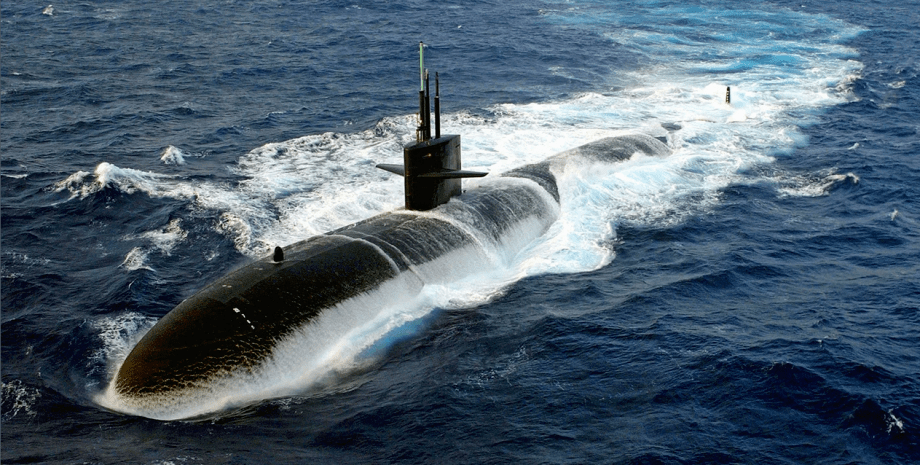
 By Victor Duda
By Victor Duda
Underground boats can also participate in attachment ships in military scenarios such as the Pacific Raming Conflict between the US and China. In focus. Technology has appeared its Telegram channel. Subscribe not to miss the latest and most intrusive news from the world of science! "Our research demonstrates that climate change can adversely affect the activities of the Navy," says the author of work from the Swiss Federal Technology Institute in Zurich, Mauro Jillie.
The scientist, along with his team, created the model of how the transmission of sound will be distorted in the deep -sea regions of the Atlantic and the Pacific due to climate change. The main problem is to increase the temperature of the surface of the sea and salinity of water, which can slow down the speed and spread of sound underwater. It is these factors that determine the efficiency of the hydrologers.
Scientists compared the average values of these indicators in 30 years from 1970 to 1999, and made a forecast for 2070-2099. The analysis was based on the worst scenario, compiled by an intergovernmental group of climate change experts. The data showed that the efficiency of submarine detection will significantly decrease in the middle latitudes of the eastern North Atlantic immediately behind the Bay Bay and in the Greenland.
It is these regions that most often use submarines of Russia and NATO. According to the team calculations, at a depth of 200 to 300 meters the maximum range of detection of the hydraulic locker will be reduced from 35-60 km to 20-60 km or less than kilometers. In the western Pacific Ocean, the detection of submarines will not reduce so much and slightly fall into the Philippine Sea. At the same time, the detection range will increase in the waters of the Japanese Sea.
This can further facilitate the detection of North Korean submarines, which, among other things, are equipped with less advanced technologies. They are at relatively small depths, but they can still bear nuclear weapons. However, scientists emphasize that the negative impact of climate change on the work of sonar can be compensated by technological progress.
Expert Brian Clark from the Hudson Institute notes that China and Russia are investing in their own versions of the Navy of the US Navy, part of which is the placement of hydroacoustic lattices on the seabed. Such grilles are located in areas where submarines are most likely to move. "Climate change should not greatly affect such detection systems because they are at a great depth and find objects at a short distance.










All rights reserved IN-Ukraine.info - 2022